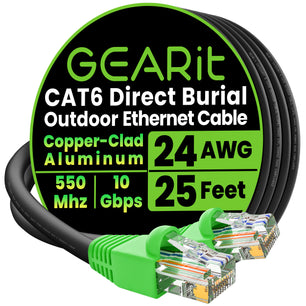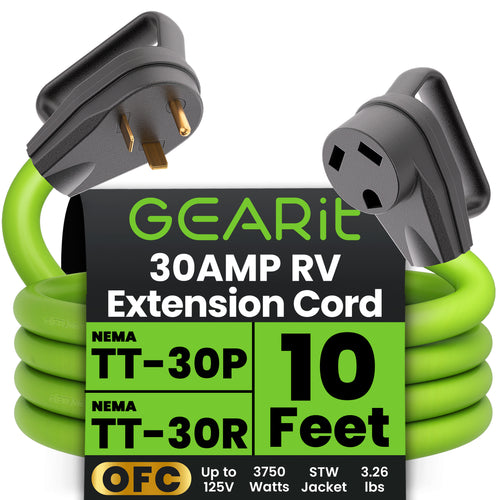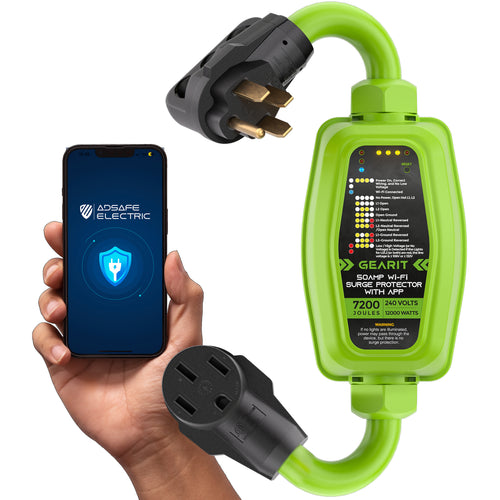
If you own a 50 Amp RV but find yourself in a situation where only a 30 Amp power source is available, don’t worry—you can still power your RV safely with the right setup. This guide will walk you through the process of adapting a 30 Amp extension cord for use with your 50 Amp RV, ensuring you stay comfortable and connected no matter where you park.
Understanding the Difference: 30 Amp vs. 50 Amp
Before diving into the how-to, it’s essential to understand the differences between 30 Amp and 50 Amp power supplies:
30 Amp Service: Typically has three prongs—one hot wire, one neutral wire, and one ground wire. It provides up to 3,600 watts (120 volts x 30 amps).
50 Amp Service: Has four prongs—two hot wires, one neutral wire, and one ground wire. It provides up to 12,000 watts (240 volts x 50 amps).
Given these differences, using a 30 Amp service to power a 50 Amp RV requires careful consideration to avoid overloading the circuit and ensure your RV operates safely.
Step-by-Step Guide to Adapting a 30 Amp Extension Cord
1. Gather Necessary Equipment
You’ll need the following items:
● A 30 Amp extension cord
● A 30 Amp male to 50 Amp female adapter (commonly referred to as a "dogbone" adapter)
● Voltage and surge protectors
2. Inspect Your Equipment
Before using any equipment, inspect all cords and adapters for any signs of wear or damage. Using damaged equipment can be hazardous.
3. Connect the Adapter
Attach the 30 Amp male end of the adapter to the 30 Amp extension cord. The 50 Amp female end of the adapter will connect to your RV’s power inlet.
4. Connect to Power Source
Plug the 30 Amp extension cord into the available 30 Amp power source. Ensure the connection is secure and dry.
5. Monitor Your Power Usage
Since a 30 Amp service provides less power than a 50 Amp service, you’ll need to be mindful of your power consumption. Avoid running multiple high-wattage appliances simultaneously (e.g., air conditioning, microwave, and electric heaters). Check out GearIT's WiFi surge protectors that can monitor your
6. Use Voltage and Surge Protectors
To protect your RV’s electrical system, use voltage and surge protectors. These devices can prevent damage from power fluctuations and surges, which are more likely when adapting power sources.
Tips for Avoiding Common Issues
1. Prevent Overloading
Overloading the 30 Amp circuit can trip breakers or cause overheating. Calculate your RV’s power usage and prioritize essential appliances to prevent overloading the system.
2. Regularly Check Connections
Periodically check all connections for heat buildup. Warm or hot connectors can indicate a problem, such as a loose connection or an overloaded circuit.
3. Understand Power Limits
Remember that a 30 Amp service will not provide the same power capacity as a 50 Amp service. Plan your power usage accordingly and be prepared to switch off some appliances if necessary.
4. Avoid Long Cords
Using excessively long extension cords can lead to voltage drops, reducing the efficiency of your power supply. Use the shortest extension cord possible to minimize this issue.
5. Stay Safe
Always follow safety guidelines when working with electrical equipment. Ensure all connections are dry, and never attempt to connect power sources with wet hands or in wet conditions.
A Smooth & Powerful Experience
Adapting a 30 Amp extension cord for use with a 50 Amp RV is a practical solution when a 50 Amp power source is unavailable. By using the appropriate adapters and following safety precautions, you can power your RV effectively and avoid common issues. Always monitor your power usage, inspect your equipment regularly, and prioritize safety to ensure a smooth and enjoyable RV experience. Happy camping!


























































